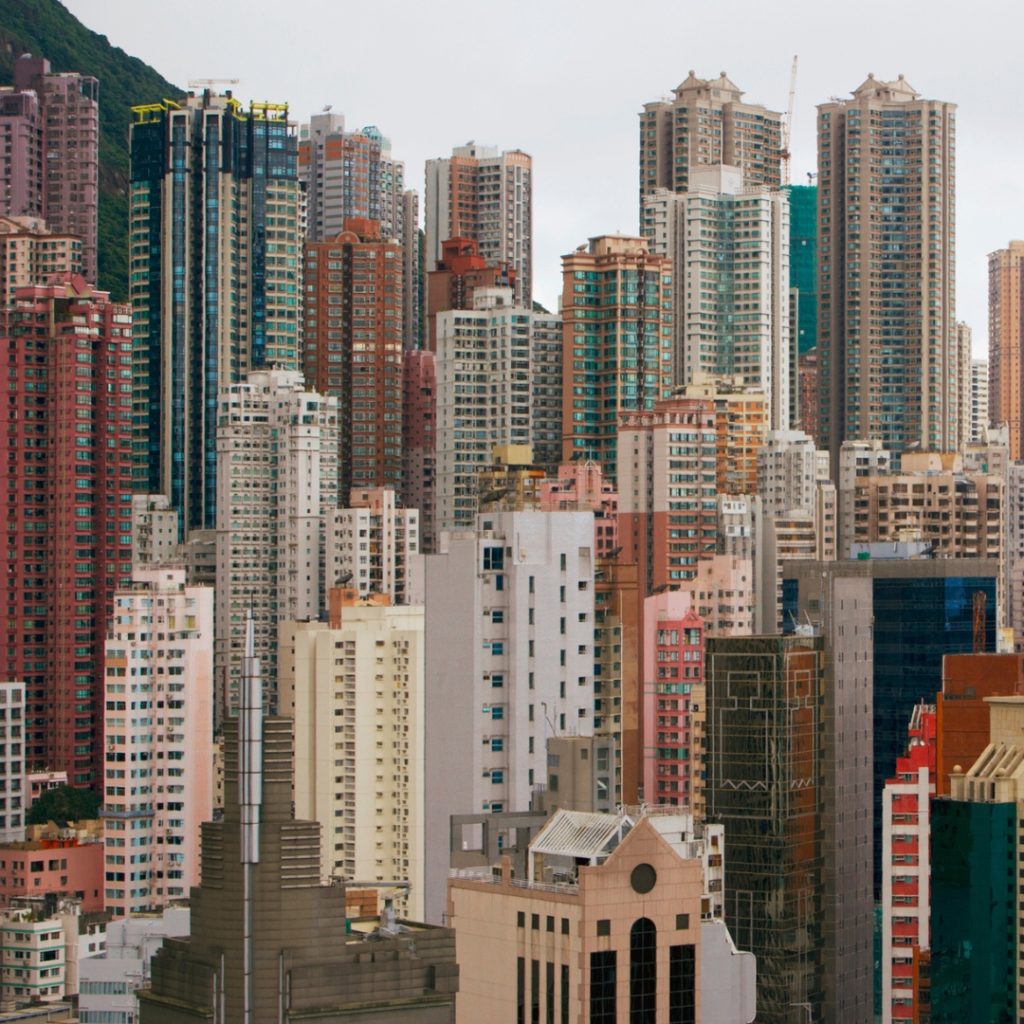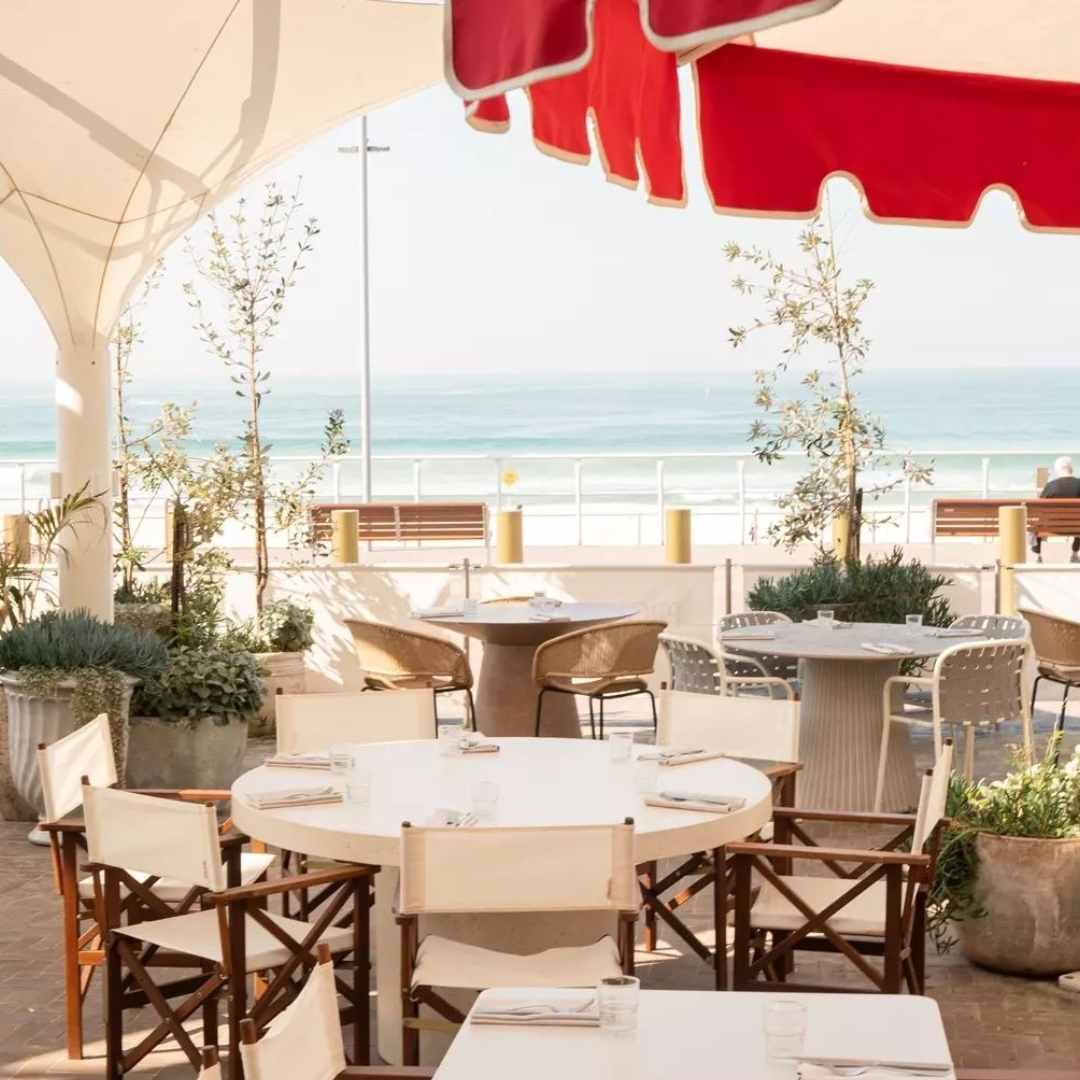Hong Kong is the setting of many a nostalgic film for a reason. Passed between China andGreat Britain over the past half century, the tel ltale signs of a region in perpetual metamorphosis are evident in pastel-hued mid-century buildings rubbing shoulders with glass skyscrapers; Michelin-starred seven-course meals in the sky, and Michelin-starred street hawkers below.
As such, it is only fitting that I visit at a time of transition in my life. A move out of media, a career I earnestly pursued in my twenties; a move from the house built for my kids, and into a new neighbourhood; Hong Kong and its ancient and novel, aimed at body and soul, came to me at the right time (and I’m hoping when you most need it, it finds you!)
The Secret Life of Fungi
One thing you ought to know about a trip toHong Kong is that you will eat well. I start each day with congee seasoned with dried fish and chopped shallots; and break up my days with lunches shoulder-to-shoulder with office workers in hole-in-the-wall establishments, eating eel claypot rice with aside of greens. (I think nothing of one stall with a crudely drawn sign that says ‘no photos of diners’, before realising this is where AnthonyBourdain once dined, making it a sure target for tourists.)
If there’s one ingredient, though, thatHong Kong truly reinvented for me though, it is mushrooms. Man Wah, a fifty-something-year-old Michelin-starred restaurant above Mandarin Oriental, has recreated the depth of an ancient Cantonese chicken broth with varying fungi, so that vegetarian and vegan guests can experience the joy of the dish as well. Double-boiled with honey lotus seed, matsutake mushroom, elm fungus and yellow fungus, the broth is served in a cast iron teapot; a feeling of generations of knowledge transmuted in each spoonful.
Voynich, a conceptual new restaurant inHong Kong’s Harbour City, lays behind a hidden door. Beyond is a maze of secret agent-themed rooms, each more fantastical and transportative than the last (I’m told the most popular is theirRoom of Curiosity, decorated as if this were where James Bond stores treasures from his adventures). The truest luxury though, is their Signature Soup, a double-boiled conch soup, with matsutake mushroom and winter melon. Other courses may have the flourishes of being presented with dry ice—and the flamingo-shaped cocktail glasses draw a smile—but this humble yet sophisticated dish is most memorable.
Spaces In Time
Places of worship, art galleries; hallowed places that inspire contemplation, regardless or whether you are a believer or art student. Wandering around M+’s brutalist spaces is a joyful afternoon exercise; Things, Spaces,Interactions, an ongoing exhibition dedicated to design and architecture in Asia and beyond, fascinates with the iconic—a whimsical ‘80s Kiyotomo sushi bar, painstakingly dismantled and rebuilt—and the curious, such as TheAirborne Snotty Vases; modelled after human sneezes, captured and then rendered with polyamide through a 3D printer(!).
From M+’s exposed concrete to gilded surroundings, Hong Kong’s Taoist temples are best visited with local guides, those with intimate knowledge of the imbued traditions and rituals (enter and circle on the right side, always step over the threshold’s raised step, among others). Man Mo Temple, dedicated to the God of Literature and God of War, is no doubt one of the most photographed, with coils of incense that hang overhead; “Instead of visiting to light an incense stick daily, these people have cleverly lit one that will last weeks!” my guide explains, grinning.
However, Tin Hau Temple in Kowloon is most mesmerising to me. Dedicated to theGoddess of the Sea, many other gods cluster to her sides and feet, temple guardians adhering to the wishes of the public to have effigies of the many other gods they wish to pray to, too
This article originally appeared in issue 01 of Cosmopolitan Australia. Get your copy and subscribe to future issues here.


